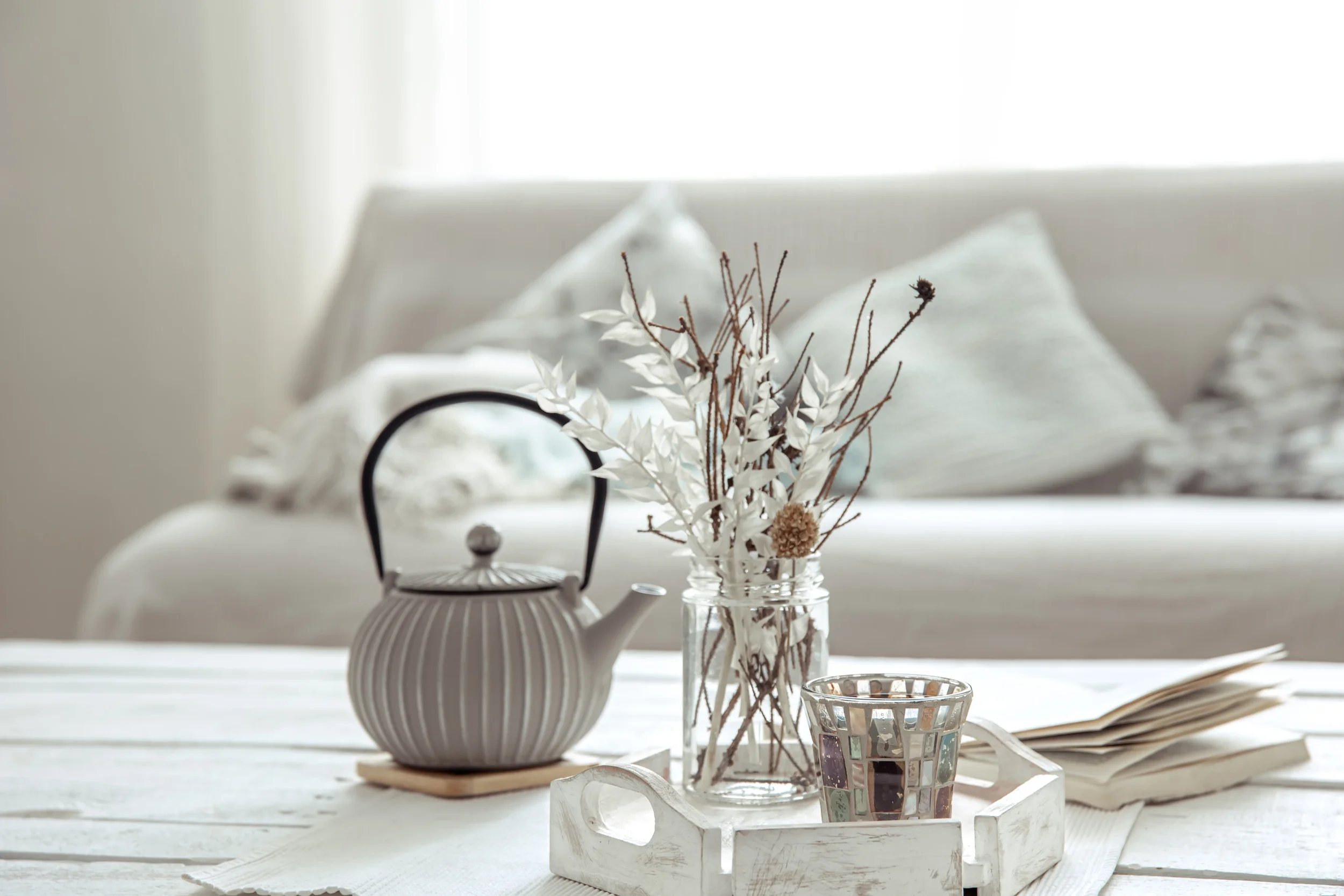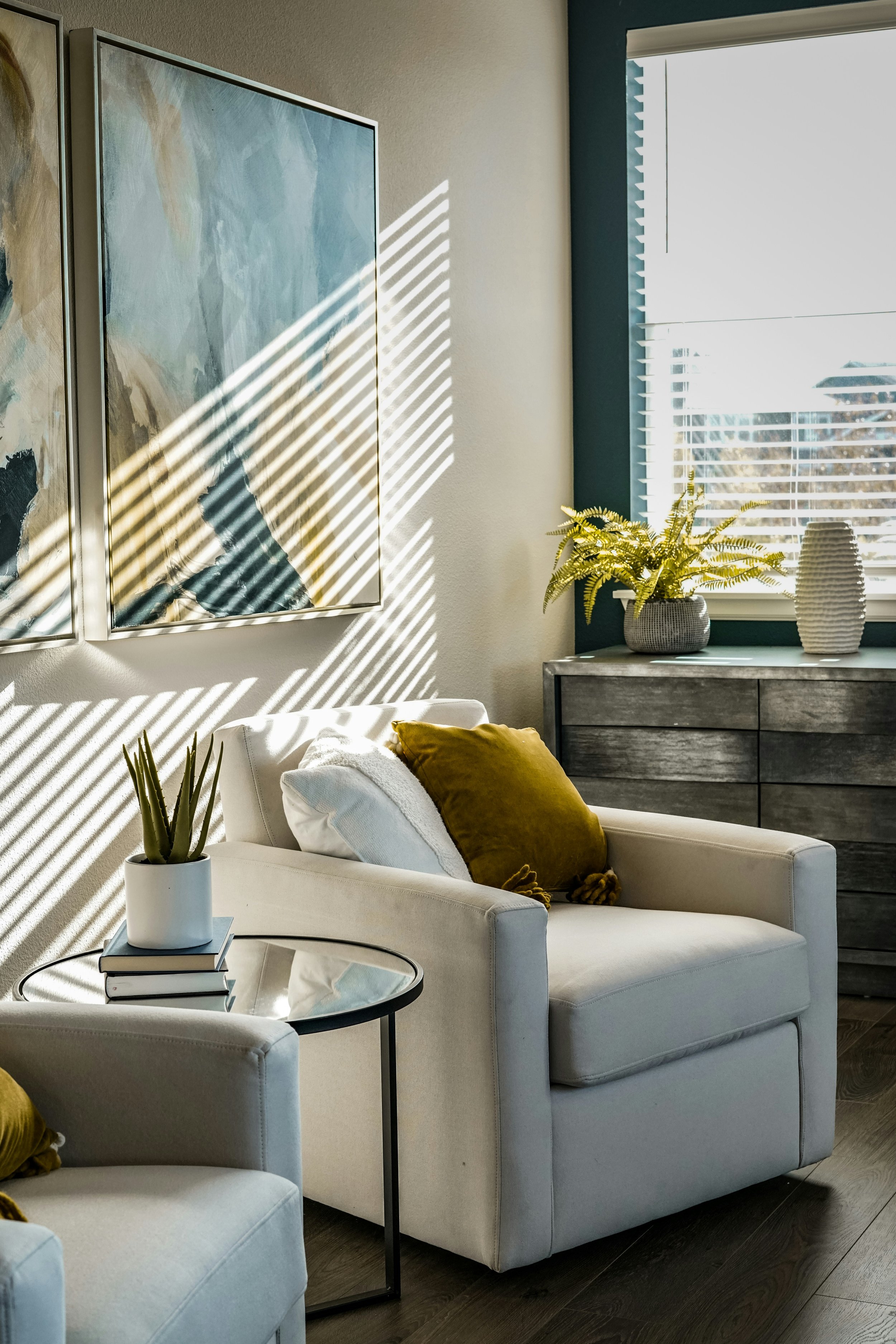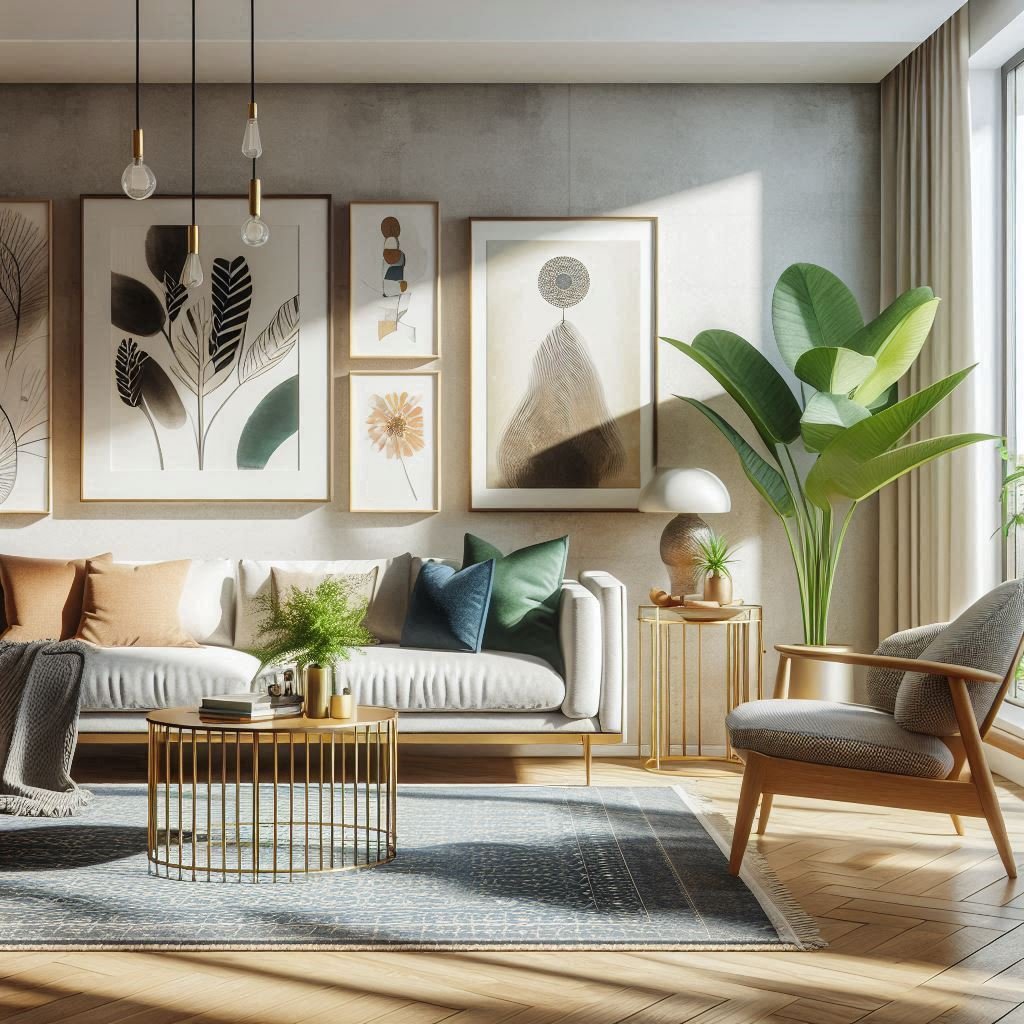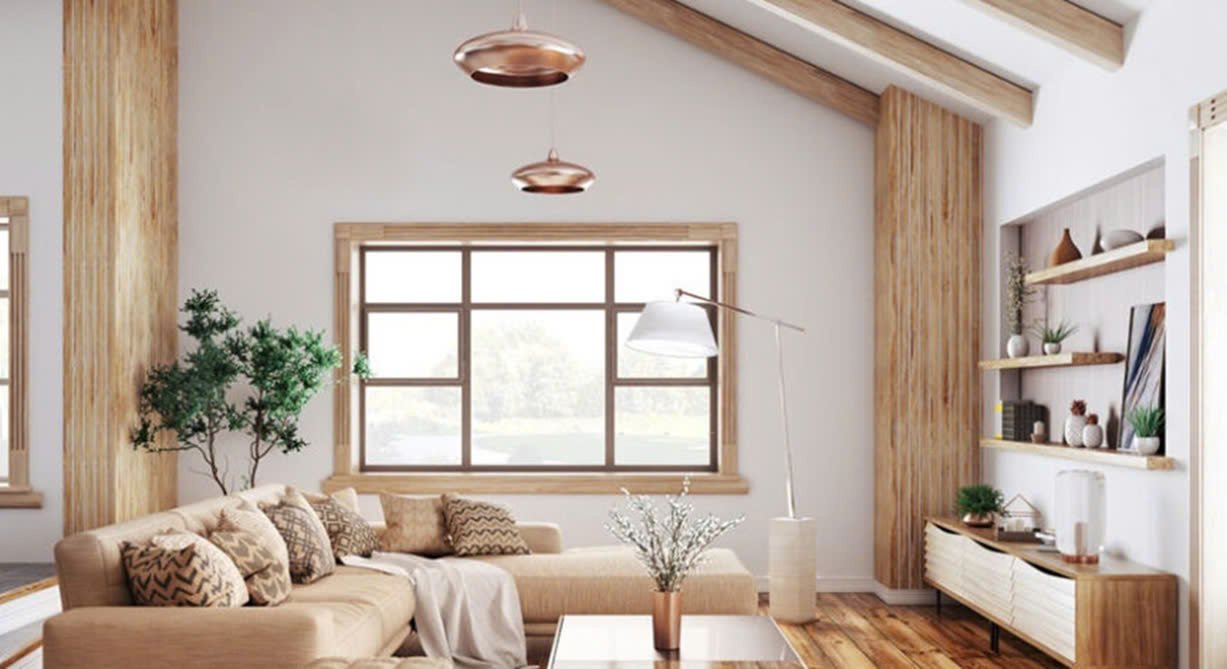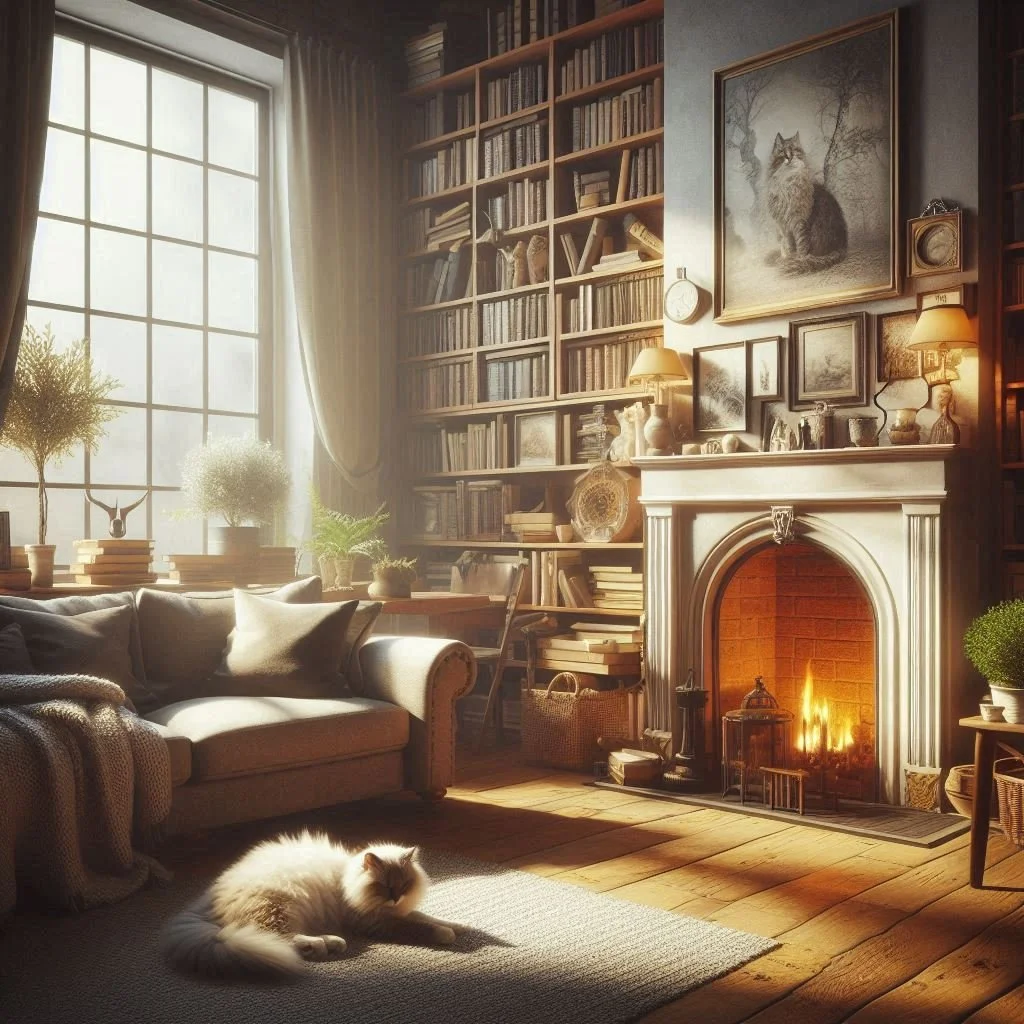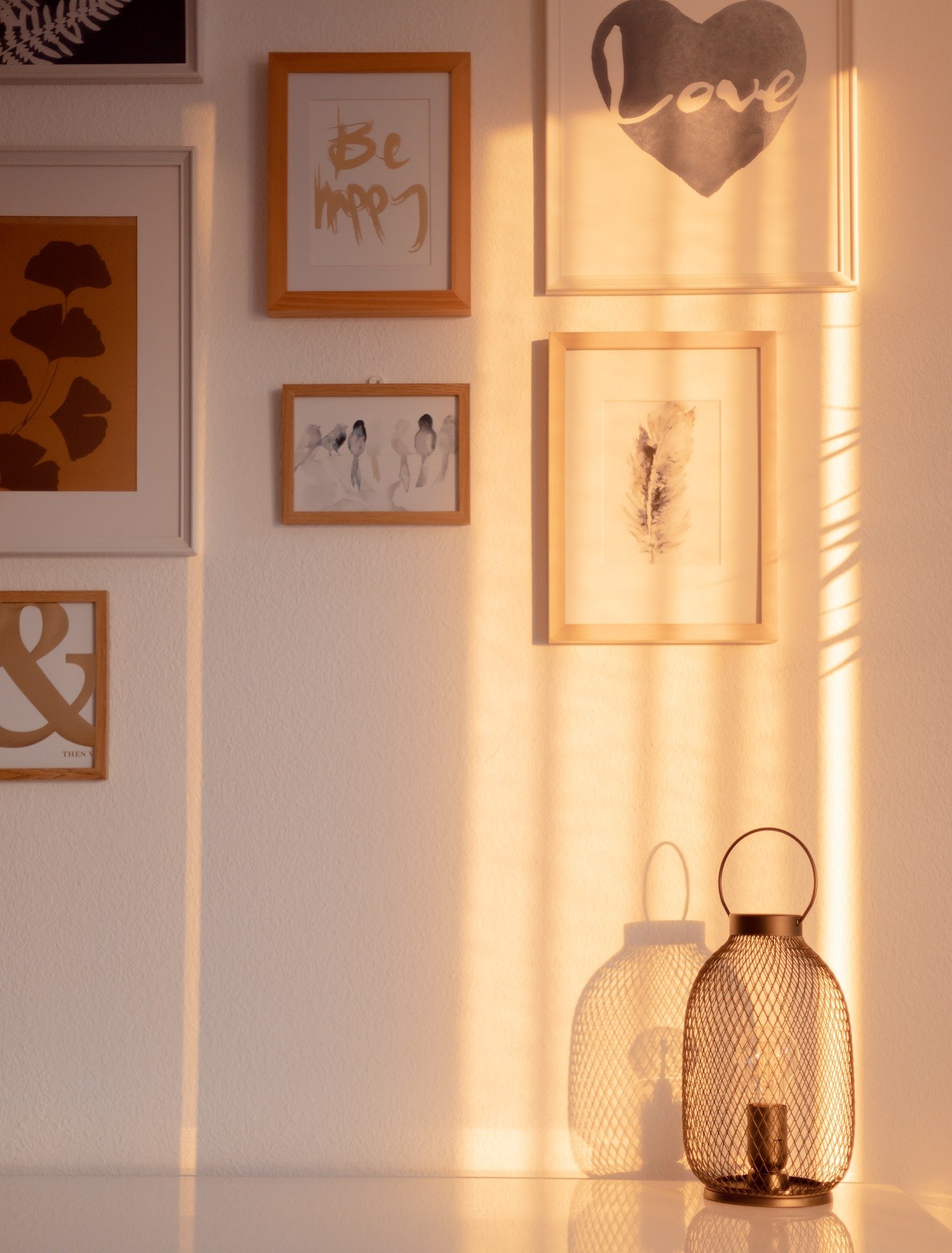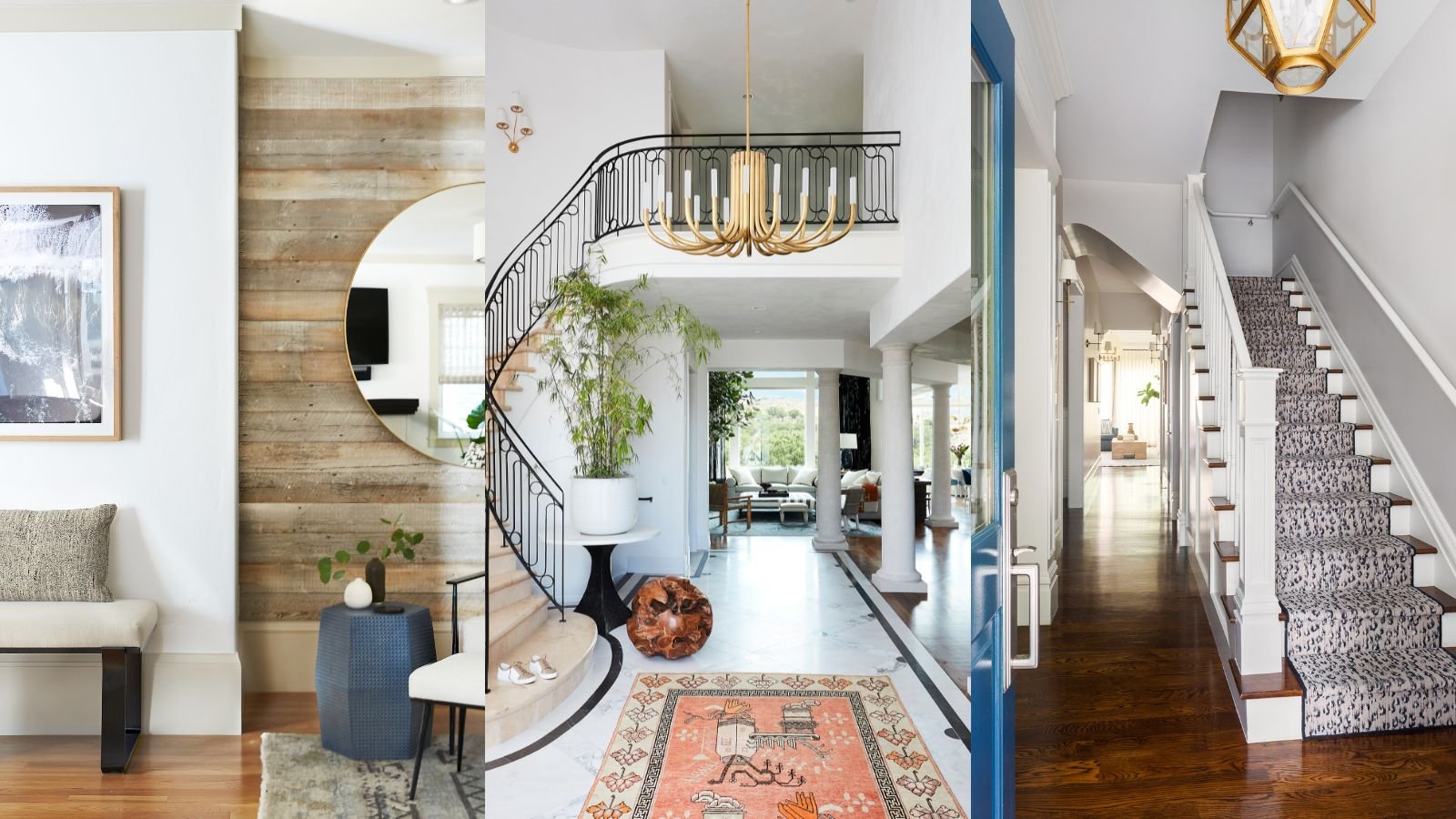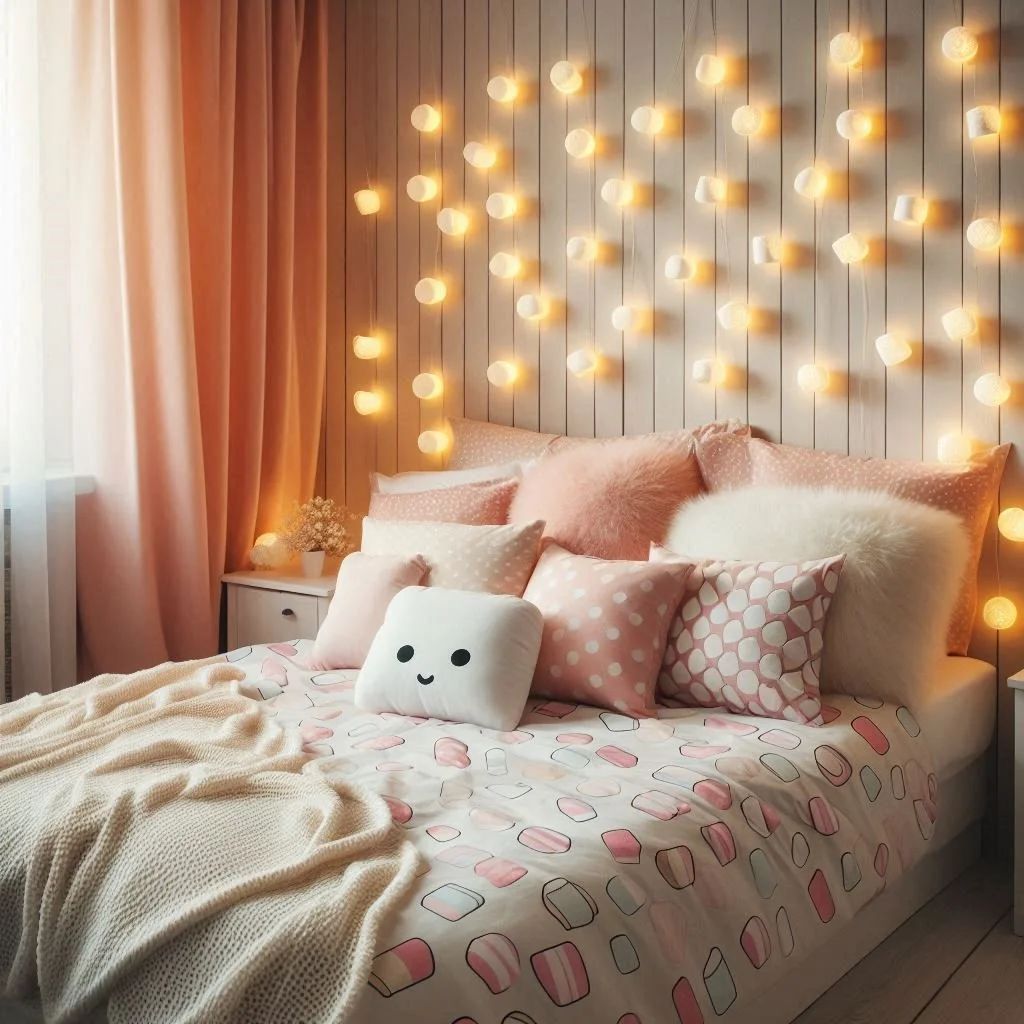How Location Affects Home Décor
Discover how your home’s location influences décor choices, from color palettes to materials, creating spaces that reflect their surroundings.
Home décor is more than just furniture and color palettes—it’s a reflection of lifestyle, climate, culture, and environment. The way we design our homes is often influenced by where we live. From the sleek modern apartments of urban Dubai Marina to the rustic cottages in the English countryside, location plays a defining role in shaping interior aesthetics. Let’s explore how home décor tendencies shift across cities and climates around the world.
Dubai: Luxury Meets Functionality
In a city known for its architectural marvels and year-round sunshine, interior design tends to balance glamour with practicality. Homes in Dubai often feature spacious layouts, neutral tones, and high-end finishes that reflect the city’s opulence. Large windows welcome abundant natural light, and blackout curtains in Dubai are a must-have to manage the bright desert sun. Cooling materials such as marble, stone, and ceramic flooring dominate interiors, while pops of gold, beige, and cream mirror the luxurious tone of the city. Modern Dubai apartments often blend minimalist design with cultural motifs, like geometric Arabesque patterns, to keep the connection with regional identity alive.
New York City: Space-Savvy and Eclectic
In contrast to Dubai’s vast spaces, New York City’s compact apartments demand clever use of every inch. Décor in the Big Apple often leans toward functionality and individuality—residents express personality through art, color, and layered textures. Industrial influences are popular, especially in converted lofts, where exposed brick, metal accents, and reclaimed wood create a sense of raw urban charm. With limited space, furniture often serves multiple purposes: ottomans double as storage, fold-out desks save room, and mirrors enhance the feeling of openness. Lighting also plays a major role—floor lamps and sconces add warmth to smaller apartments without cluttering surfaces.
Paris: Effortless Elegance
Parisian homes embody the idea of je ne sais quoi—an effortless sophistication that blends history with modern flair. Traditional Haussmann-style apartments often feature ornate moldings, tall windows, and herringbone parquet flooring. Yet, instead of feeling outdated, these spaces exude timeless charm. The French approach to décor is about contrast: antique furniture coexists with contemporary art, while classic chandeliers hang above minimalist dining tables. Neutral bases like cream and soft gray are common, accentuated by touches of deep blue or emerald green. The result is a space that feels curated over time rather than designed overnight.
Tokyo: Minimalism and Mindfulness
In Tokyo, home décor is deeply influenced by the principles of simplicity, balance, and connection to nature. Small living spaces demand minimal clutter, which has given rise to the popularity of modular furniture and hidden storage solutions. The Japanese concept of Ma—the balance between space and objects—defines interiors. Natural materials like bamboo, paper, and wood dominate, while sliding doors and low furniture promote a sense of openness. Soft, diffused lighting and indoor plants are used to create a calm, meditative atmosphere in one of the world’s busiest cities. The Tokyo aesthetic reminds us that comfort often lies in simplicity.
London: Heritage with a Modern Twist
London homes tell stories of history meeting innovation. From Georgian townhouses to modern penthouses, décor styles blend traditional craftsmanship with contemporary touches. British interiors often feature a rich color palette—navy, forest green, and burgundy—paired with plush textiles like velvet and tweed. Patterned wallpapers, once considered old-fashioned, have made a comeback as a nod to classic English charm. The influence of global design trends has also shaped London’s eclectic interiors; a single home may mix Scandinavian minimalism with Indian textiles or African art. The city’s unpredictable weather means layered lighting—ambient, task, and accent—is essential for creating warmth and coziness year-round.
Los Angeles: Sunlit and Relaxed
Los Angeles décor embodies the West Coast lifestyle—bright, airy, and laid-back. Homes are designed to blur the line between indoor and outdoor living, often featuring sliding glass doors, patios, and plenty of greenery. The California aesthetic combines bohemian touches with mid-century modern design: rattan chairs, woven rugs, and clean-lined furniture dominate the scene. Soft neutrals are paired with desert-inspired hues like terracotta, sage, and sand. Natural textures, from linen to jute, add warmth and authenticity. Sustainability is also a growing focus in LA, with residents opting for recycled materials, solar lighting, and ethically sourced furnishings.
Scandinavian Cities: Function and Serenity
In cities like Copenhagen and Stockholm, décor is a masterclass in understated beauty. Scandinavian design revolves around functionality, minimalism, and comfort—embodied in the concept of hygge, the art of coziness. Interiors typically feature white walls, wooden floors, and neutral furniture complemented by warm accents like wool throws and candles. The long winters make natural light a prized feature, so homes are designed to maximize it with open layouts and large windows. Plants and natural materials bring a touch of nature indoors, creating a soothing retreat from the cold, dark months.
Mediterranean Towns: Warmth and Earthiness
In coastal towns along the Mediterranean, from Santorini to Barcelona, home décor mirrors the region’s climate and lifestyle. Whitewashed walls, blue shutters, and terracotta tiles create a timeless coastal charm. Interiors are designed for comfort and coolness, often featuring open courtyards and shaded terraces. Décor elements like woven baskets, ceramic pottery, and rustic wooden beams add to the relaxed, sun-soaked feel. Natural ventilation and cross breezes replace heavy air conditioning, and the focus remains on blending indoor comfort with outdoor beauty.
Dubai Marina vs. Global Metropolises
If we return to Dubai Marina, the area stands out as a prime example of how location defines design trends. Overlooking the waterfront, its residences are synonymous with luxury modernism—sleek surfaces, panoramic glass walls, and neutral color schemes that emphasize light and openness. Unlike older cities that rely on history for character, Dubai’s contemporary architecture allows residents to create clean, cohesive spaces infused with global influences—from Scandinavian simplicity to New York industrialism. Here, décor isn’t just about aesthetics—it’s about lifestyle, convenience, and the experience of urban living by the sea.
Final Thoughts
From bustling metropolises to serene coastal towns, home décor is a mirror of our surroundings. It reflects how we interact with space, culture, and environment. Climate shapes material choices; culture defines style; and lifestyle dictates functionality. Whether it’s minimalist calm in Tokyo, classic grandeur in Paris, or sunlit sophistication in Dubai, our homes are extensions of where we live—and who we are.
